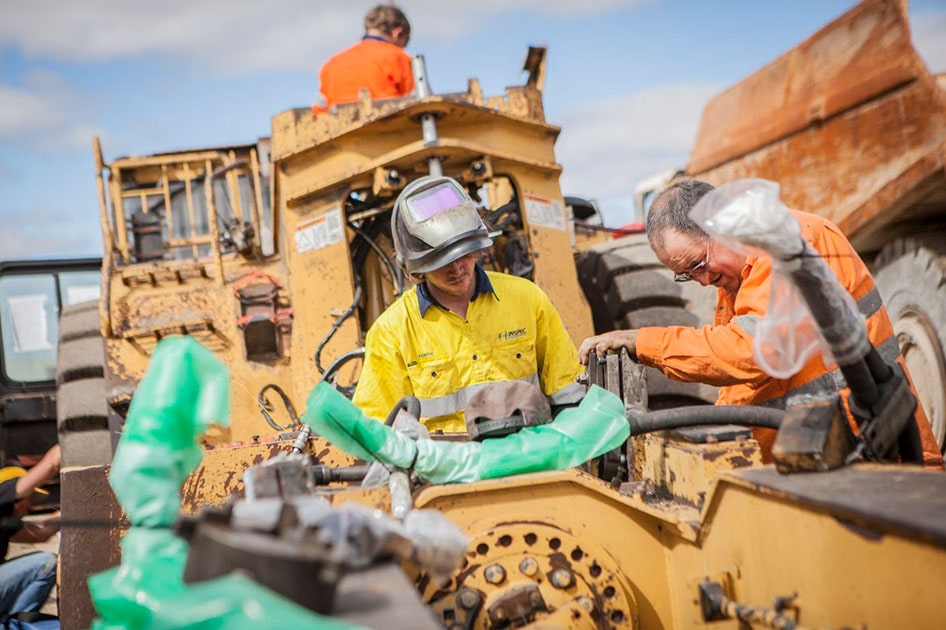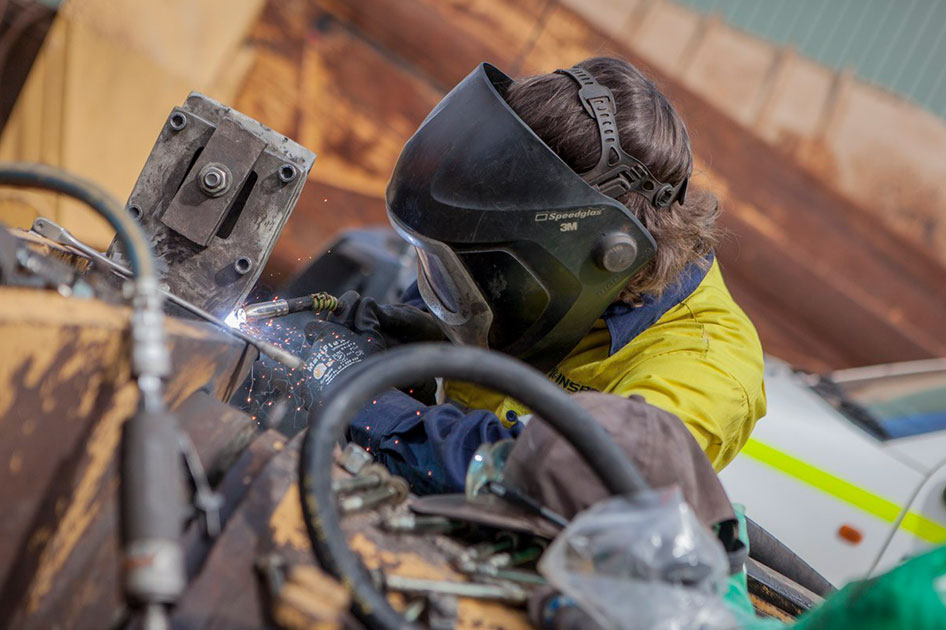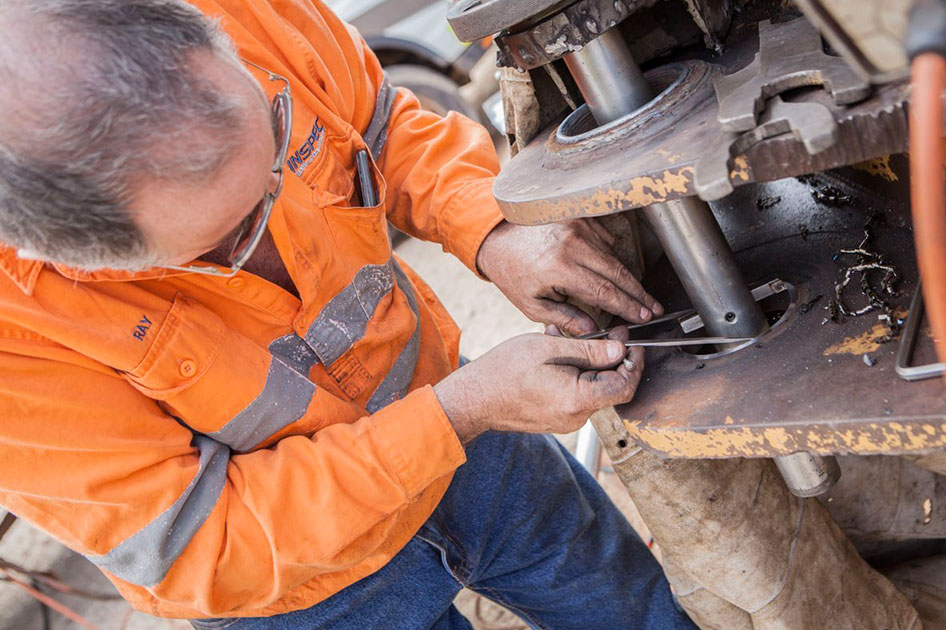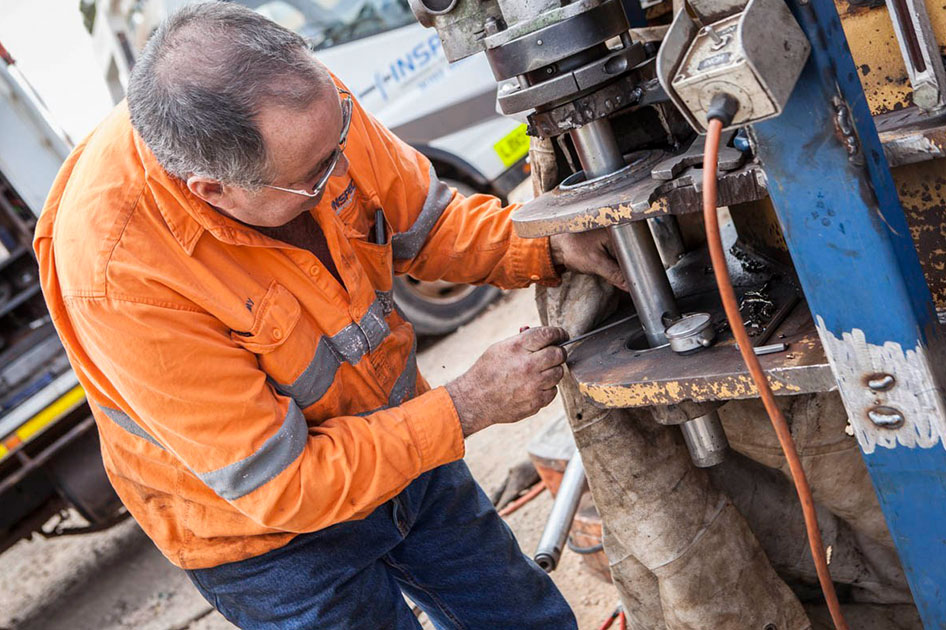The need to repair and re-establish the bore dimensions back to OEM specifications on heavy plant equipment is an extremely common practice. This repair is known as Lineboring, and can be carried out on site or in a workshop by a mobile technician like Worthy Parts Service Provider Inspec Lineborers.
The most common repairs carried out are for high wearing parts such as truck trays, loader buckets, tilt linkages, steer cylinders and center hitches. Replacing the bearings or pins for these components sometimes requires the re-establishment of an accurate bore diameter.
MAINTENANCE
Bearings and pins when purchased will always be a fixed size, but with wear and tear over time their diameter can lose shape and become out of round. Once a change of shape occurs you will notice excess movement or play when pivoting. There are no set rules as to when bearings and pins should be replaced, but it is good maintenance practice if you want to maintain your machine availability. For your Plant to operate effectively, a noticeable amount of movement when operating would be a good indication to consider replacing. At the time of replacing these parts you should always measure the original bore size to see if Lineboring repairs are required.
LINEBORING
The Lineboring process starts by finding the centerline of the worn diameters and then enlarging the already established holes by means of drilling or machining. A single pointed cutting tool made of tungsten carbide easily cuts the internal diameter of the metal bores. Finding the center is critical to achieve accuracy. The next step is Inside Diameter Welding (ID welding) or Bore welding. This is a welding process that reduces the diameter of the bore by adding metal to the inside of a worn bore. The final step is accurately machining out the freshly laid weld to re-establish the original specifications. Technicians have to work in tolerances between 0.00-0.01mm.
BEARINGS
Once the bores have been repaired, some replacement bearings are required to be immersed in liquid nitrogen prior to being fitted. This process shrinks the bearing smaller than the new bore diameter, making it possible to fit without being pressed in with specialized tooling. When the bearing warms, it expands back to its original size and locks itself in without any movement. This finish is known as “Crush” or a “Shrink Fit”.







